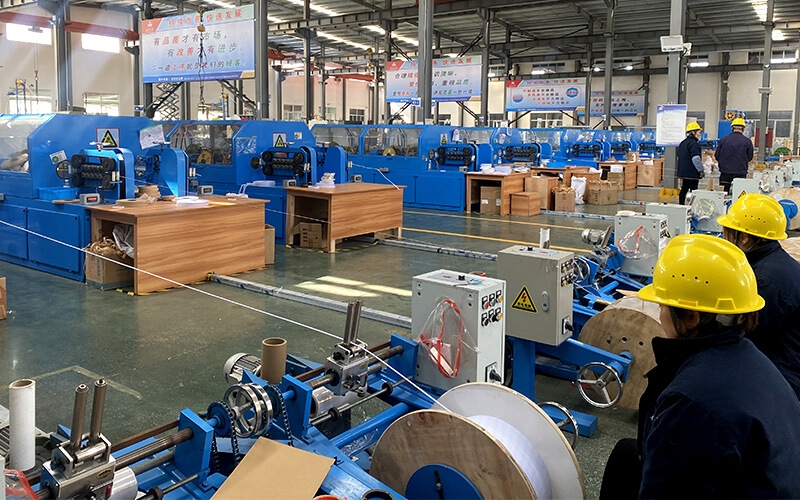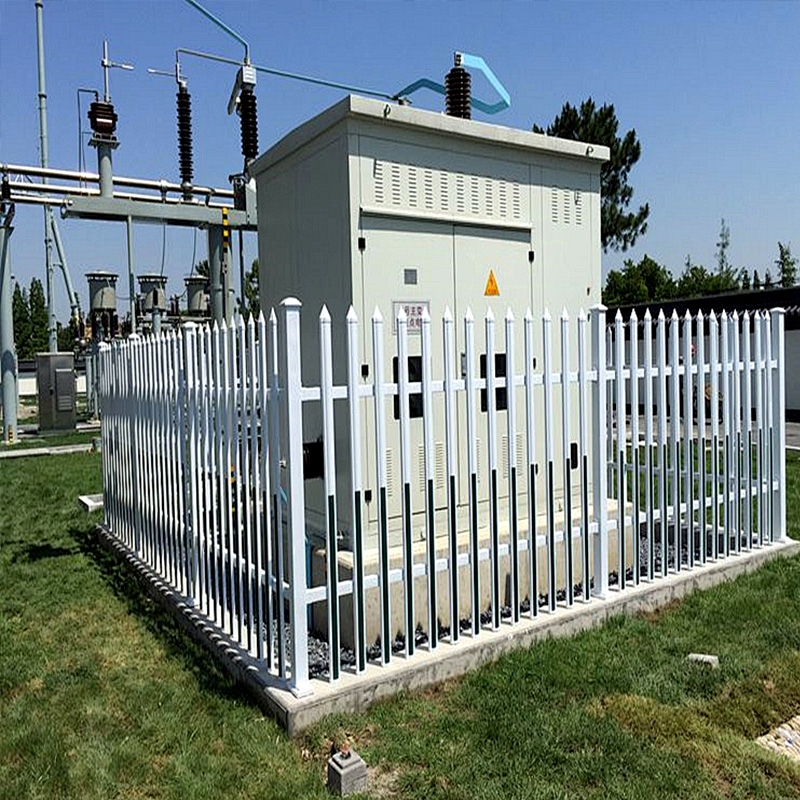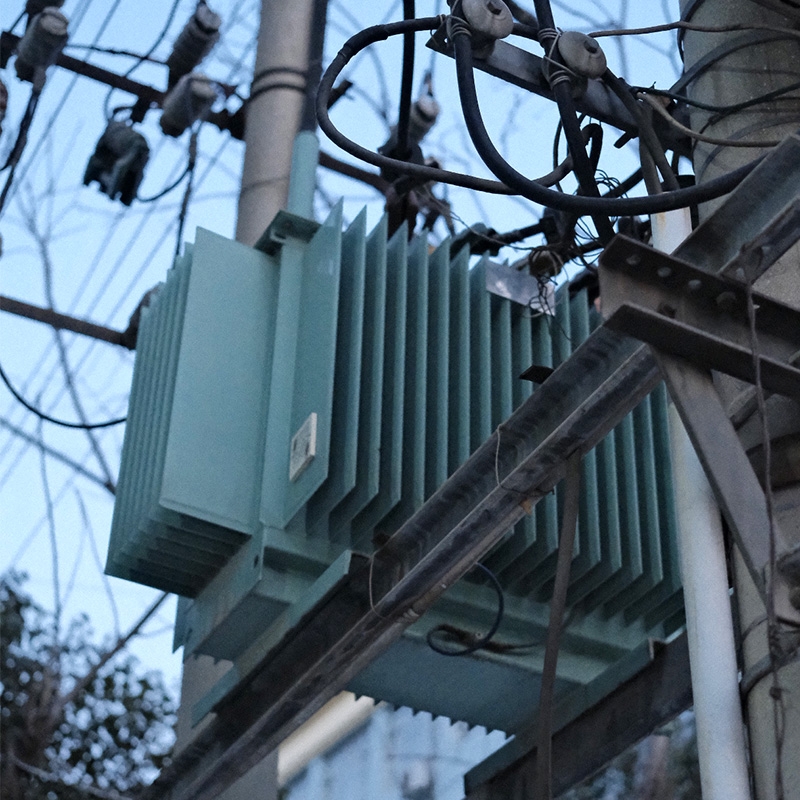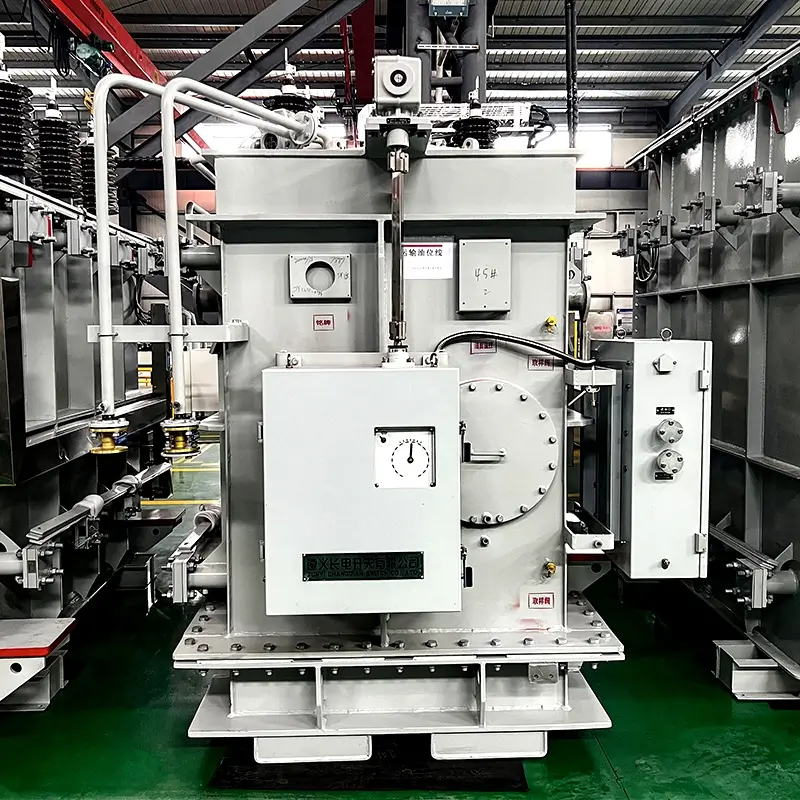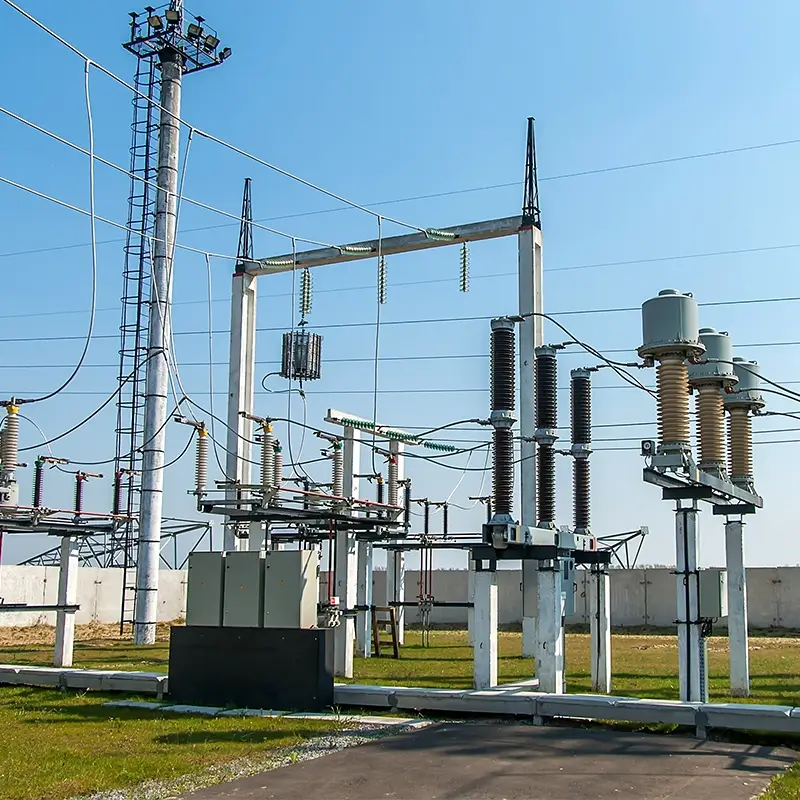Application of electronic transformers in new energy inverters
New energy inverters are key devices that convert DC power into AC power and are widely used in fields such as solar photovoltaic and wind power generation. As an important component of the inverter, electronic transformers play a vital role. This article will explore the application of electronic transformers in new energy inverters, introduce their working principles and their advantages in improving inverter performance, efficiency and reliability.
Electronic transformers are devices that can achieve voltage and frequency conversion of electric energy, and can convert DC power into AC power. In new energy inverters, DC power generated by power generation equipment such as solar photovoltaic panels or wind turbines needs to be converted into AC power for use in the power grid. Electronic transformers can achieve this conversion process and adjust the output voltage and frequency according to the requirements of the power grid to ensure stable output of electric energy.
Electronic transformers have many application advantages in new energy inverters. First, they can achieve efficient energy conversion. Traditional mechanical transformers have problems of energy loss and low efficiency in the energy conversion process, while electronic transformers can achieve efficient energy conversion through the switching control technology of electronic devices, greatly improving the efficiency of the inverter.
Secondly, electronic transformers have the characteristics of fast response and precise control. In new energy systems, energy generation and consumption will change with changes in weather and energy demand. Electronic transformers can monitor and respond to these changes in real time and quickly, and adjust the output voltage and frequency through precise control technology to ensure the normal operation of the system under various working conditions.
In addition, electronic transformers also have a smaller size and weight. Compared with traditional mechanical transformers, electronic transformers use advanced electronic devices and materials, making the equipment smaller and lighter, suitable for application scenarios with limited space. Especially in distributed energy systems such as solar photovoltaic and wind power generation, the small size advantage of electronic transformers is more prominent.
The application of electronic transformers can also improve the reliability and stability of inverters. Traditional mechanical transformers are easily affected by external environmental factors such as vibration and oscillation, which can cause equipment failure and reduce system reliability. Electronic transformers use electronic components, have high vibration and anti-interference capabilities, can operate stably and improve system reliability.
In addition, electronic transformers are also flexible and programmable. Electronic transformers can be programmed through software and control algorithms to meet the needs of different users and systems. By adjusting parameters and changing control strategies, more flexible output voltage and frequency regulation can be achieved to adapt to different power requirements and grid standards.
In the application of new energy inverters, electronic transformers are constantly developing and improving. Researchers and engineers are committed to improving the structural design, control technology and material selection of electronic transformers to further improve their performance and efficiency. For example, the use of high-speed switching devices, increasing the power density of transformers, optimizing heat dissipation design, etc., all help to improve the efficiency of electronic transformers and achieve more reliable and efficient inverter systems.
In summary, the application of electronic transformers in new energy inverters is of great significance and broad prospects. They can realize the conversion of DC-AC power and improve the performance and efficiency of the system through precise control and efficient energy conversion. In the future, with the continuous development and promotion of new energy technologies, electronic transformers will continue to play an important role and promote the development of the new energy field.
